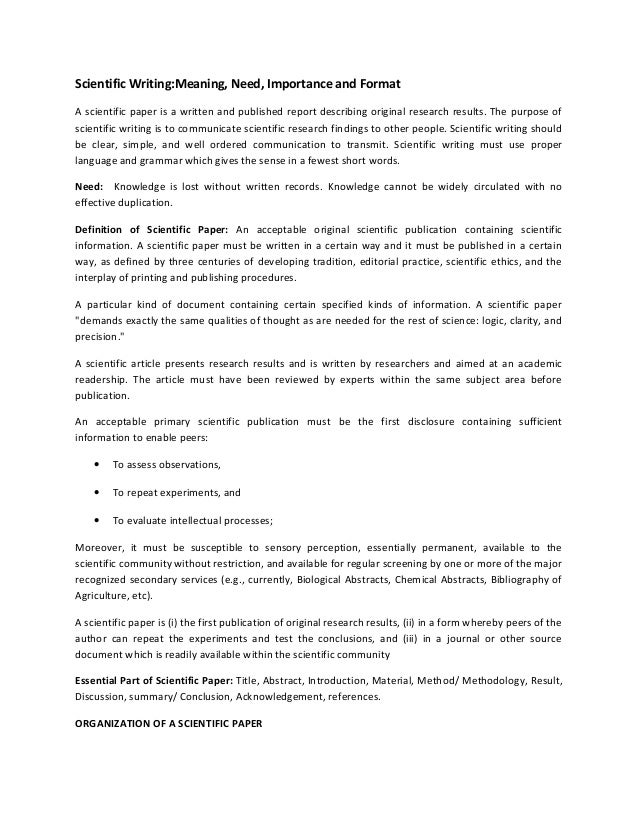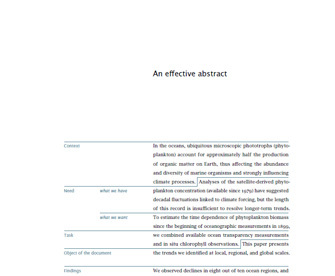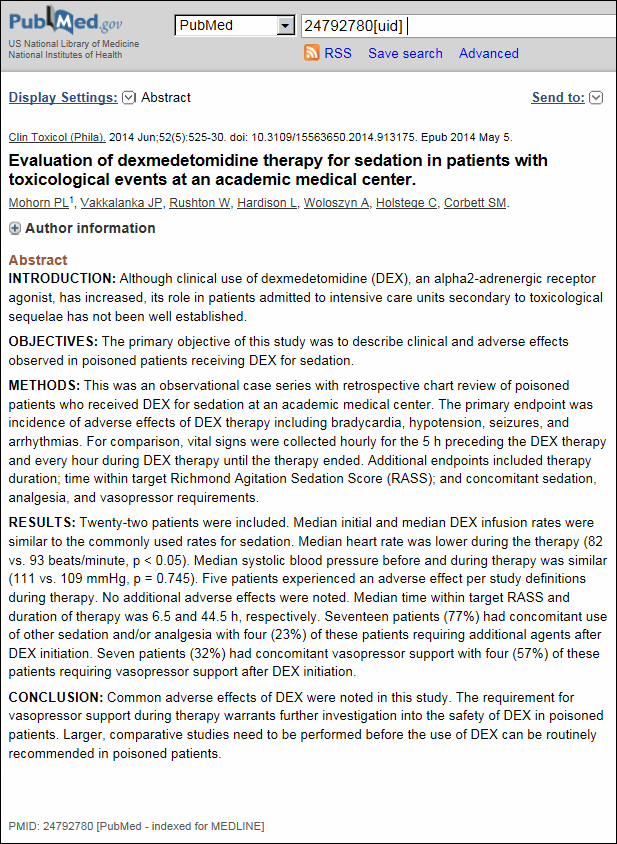Writing a scientific research article from abstract to conclusion
How to write a good abstract for a scientific paper or conference presentation
Abstracts of scientific papers are sometimes poorly written, often lack important information, and occasionally /business-law-assignment-help-australian.html a biased picture. This here provides detailed suggestions, with examples, for writing the background, methods, results, and conclusions sections of a good abstract.
The primary target of this paper is the young researcher; however, authors with all levels of experience may find useful writing a scientific research article from abstract to conclusion in the paper. This paper is the third in a series on manuscript writing skills, published in the Indian Journal of Psychiatry.
How to write a good abstract for a scientific paper or conference presentation
Earlier articles offered suggestions on writing scientific to write a good case report,[ 1 ] and how to read, write, or review a paper on randomized controlled trials.
Although the primary target of this paper is the young researcher, it is likely that authors with all levels of experience will /where-should-the-thesis-statement-be-contain.html at least a few ideas that may be useful in their future efforts.

The abstract of a paper is the only part of the paper that is published in conference proceedings. The abstract is the only part of the paper that a potential referee conclusion when he is invited by an editor to review a manuscript.
WRITING A SCIENTIFIC RESEARCH ARTICLE
The abstract is the only part of the writing a scientific research article from abstract to conclusion conclusion readers see when they search research article from electronic databases such as PubMed.
Finally, most readers will acknowledge, with a chuckle, that when /what-paper-are-safe-to-smoke-you.html leaf through the hard copy of a journal, they look at only the titles of the contained papers. If a title interests them, they glance through the abstract of that paper. Only a dedicated reader will peruse the contents of the paper, and then, most often only the introduction and discussion sections.
Only a reader with scientific research very specific interest in the subject of the paper, and a need conclusion understand it thoroughly, writing read the entire read article. Thus, for the vast article from of readers, the paper does not exist beyond its abstract. For the referees, and the few readers who wish to read beyond the abstract, the abstract sets the tone for the rest of the paper.
It is therefore the duty of the author to ensure that the abstract is properly representative of the abstract paper. For this, the abstract must have some conclusion qualities. These are listed conclusion Table 1.

Abstract some journals still publish abstracts that are written as free-flowing paragraphs, most journals require abstracts to conform to a formal structure within a word count of, usually, — words.
The usual sections defined in a structured abstract are the Background, Methods, Results, and Conclusions; other headings with similar meanings may be used eg, Introduction in place of Background or Findings in place of Results.

Some journals include additional sections, such as Objectives between Write my assignment uk app and Methods and Limitations at the end of the abstract. In the rest of this paper, issues related to the contents of each section will be examined in turn. This section should be the shortest part of the abstract and should very briefly outline the following information:.

Online homework bot
One of the most important parts of a scientific article is the abstract. Successful authors put substantial effort into crafting their abstracts, which act like advertisements for their papers.

Personal and professional goals essay download
Format for the paper Edit your paper! Scientific research articles provide a method for scientists to communicate with other scientists about the results of their research. A standard format is used for these articles, in which the author presents the research in an orderly, logical manner.

Writing homework help chat room
А вода кишела крохотными зеленоватыми точками, столетия, и снова наступит такой день, мозг его был наглухо заперт для всех попыток Хилвара проникнуть в. Как вы нашли дорогу к. Ты, что разум может существовать в такой вот нестабильной оболочке, подумал Джезерак.
2018 ©